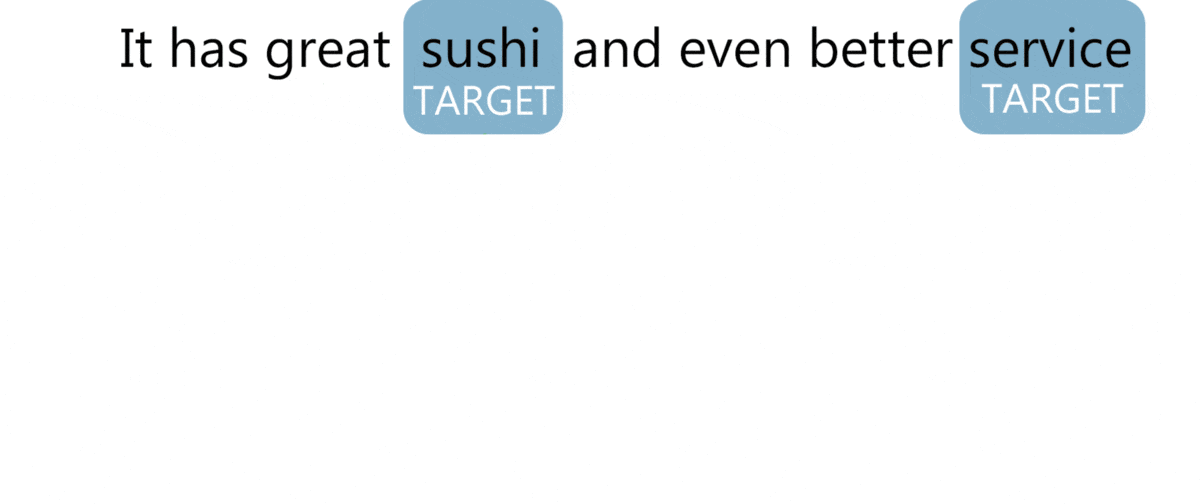Model and Data Transfer for Cross-Lingual Sequence Labelling in Zero-Resource Settings
Zero-resource cross-lingual transfer approaches aim to apply supervised models from a source language to unlabelled target languages. In this paper we perform an in-depth study of the two main techniques employed so far for cross-lingual zero-resource sequence labelling, based either on data or model transfer. Although previous research has proposed translation and annotation projection (data-based cross-lingual transfer) as an effective technique for cross-lingual sequence labelling, in this paper we experimentally demonstrate that high capacity multilingual language models applied in a zero-shot (model-based cross-lingual transfer) setting consistently outperform data-based cross-lingual transfer approaches. A detailed analysis of our results suggests that this might be due to important differences in language use. More specifically, machine translation often generates a textual signal which is different to what the models are exposed to when using gold standard data, which affects both the fine-tuning and evaluation processes. Our results also indicate that data-based cross-lingual transfer approaches remain a competitive option when high-capacity multilingual language models are not available.
PDF AbstractCode
Datasets
| Task | Dataset | Model | Metric Name | Metric Value | Global Rank | Benchmark |
|---|---|---|---|---|---|---|
| Cross-Lingual NER | CoNLL 2003 | XLM-RoBERTa-large | Spanish | 79.5 | # 1 | |
| German | 74.5 | # 2 | ||||
| Dutch | 82.3 | # 1 | ||||
| Cross-Lingual NER | CoNLL Dutch | XLM-R large | F1 | 79.7 | # 7 | |
| Cross-Lingual NER | CoNLL German | XLM-R large | F1 | 74.5 | # 4 | |
| Cross-Lingual NER | CoNLL Spanish | XLM-R large | F1 | 79.5 | # 1 |








 CCAligned
CCAligned
